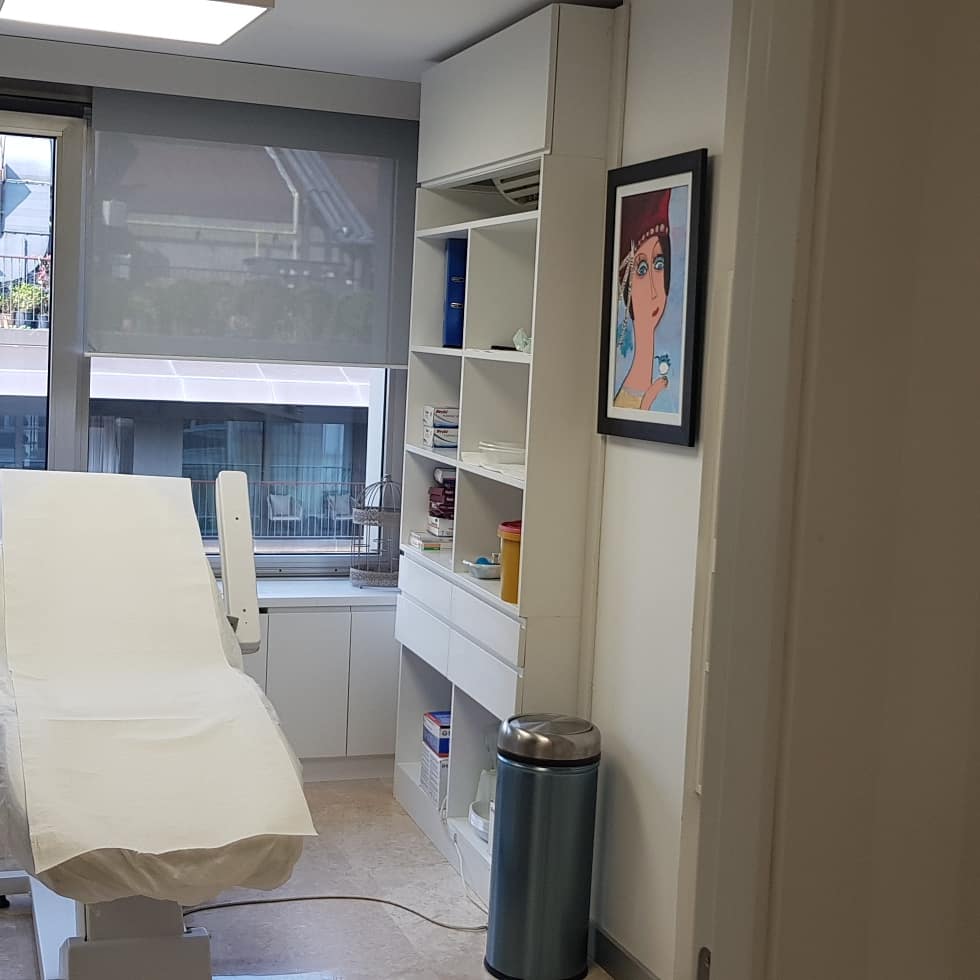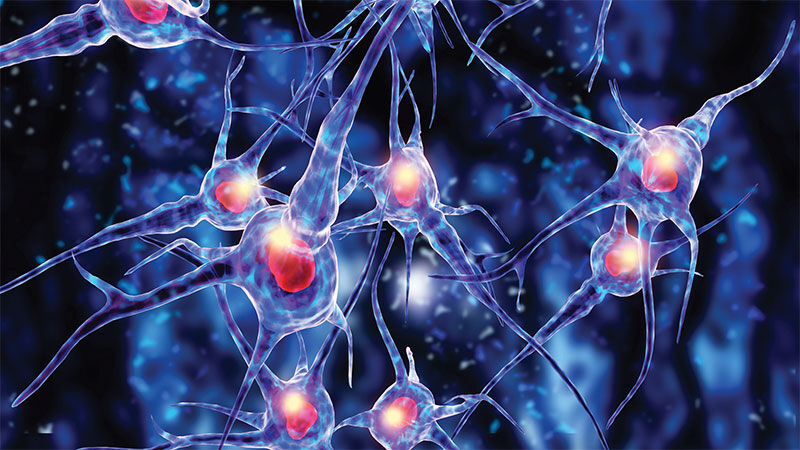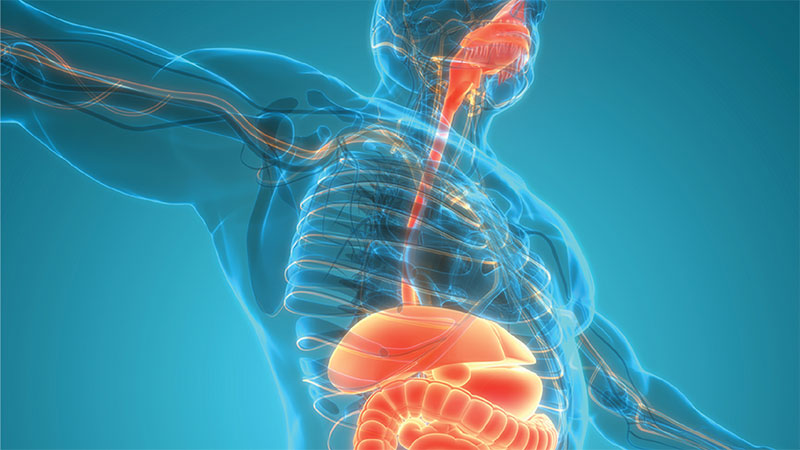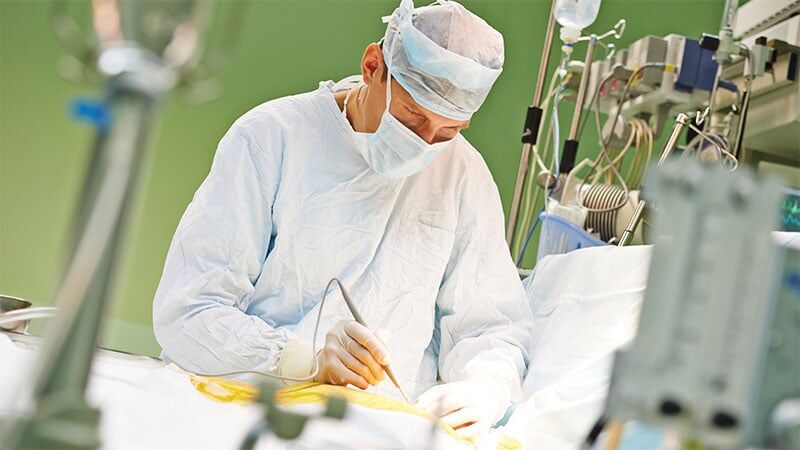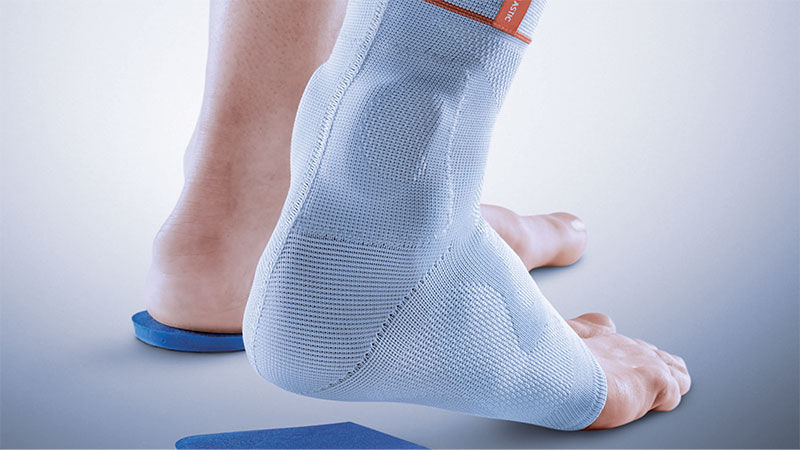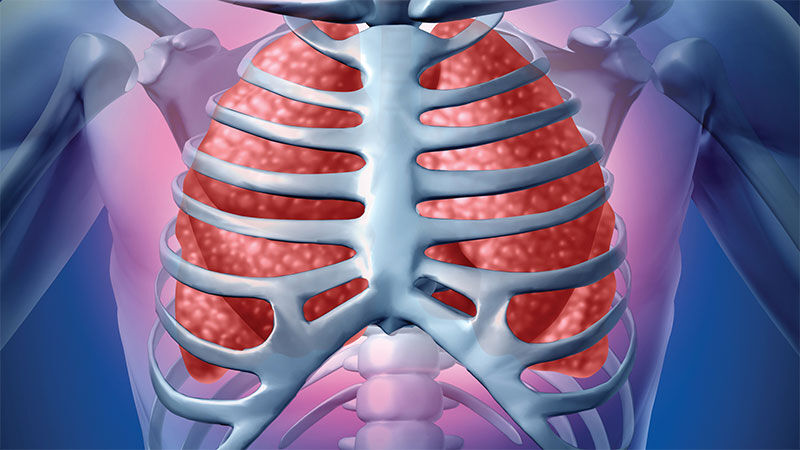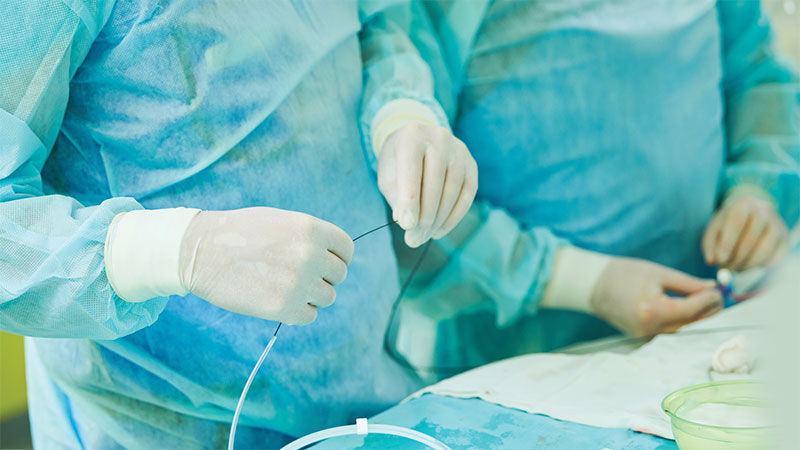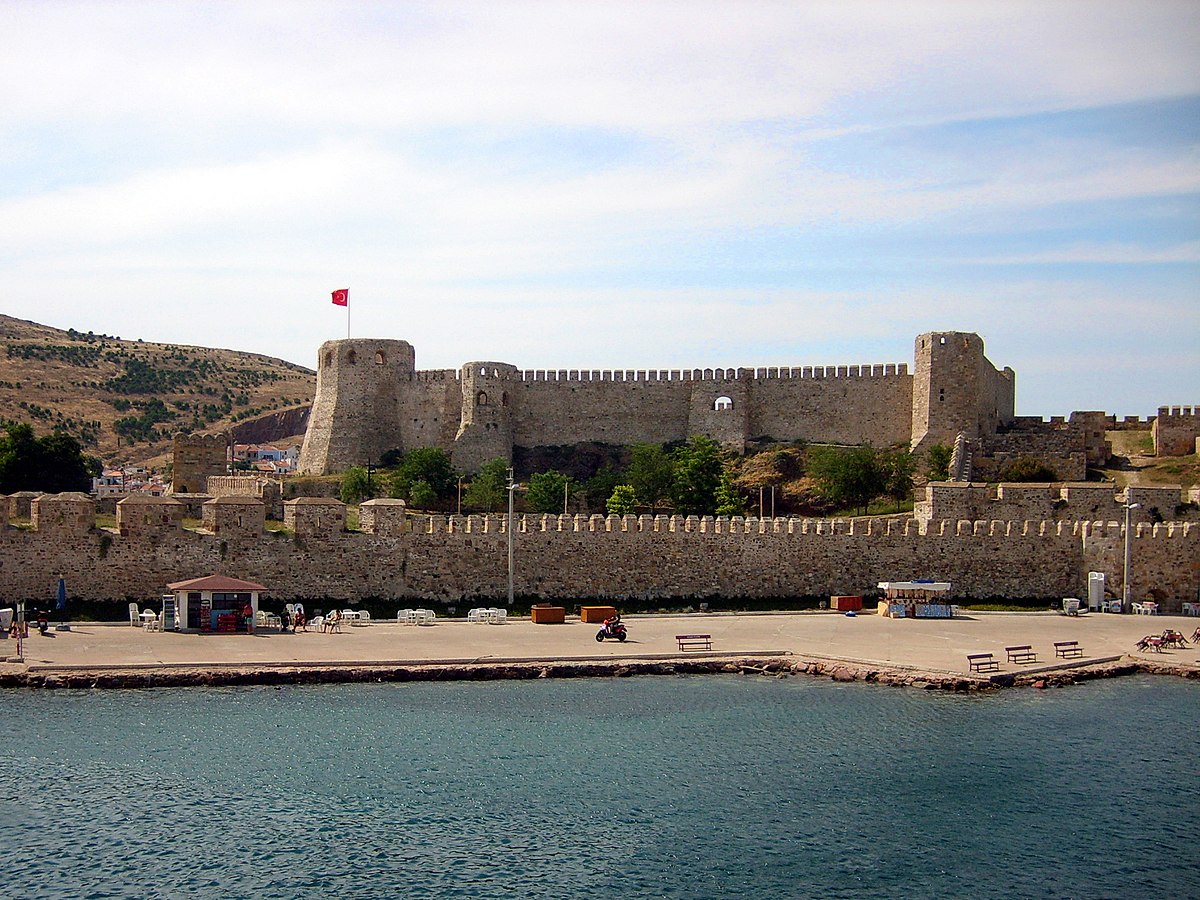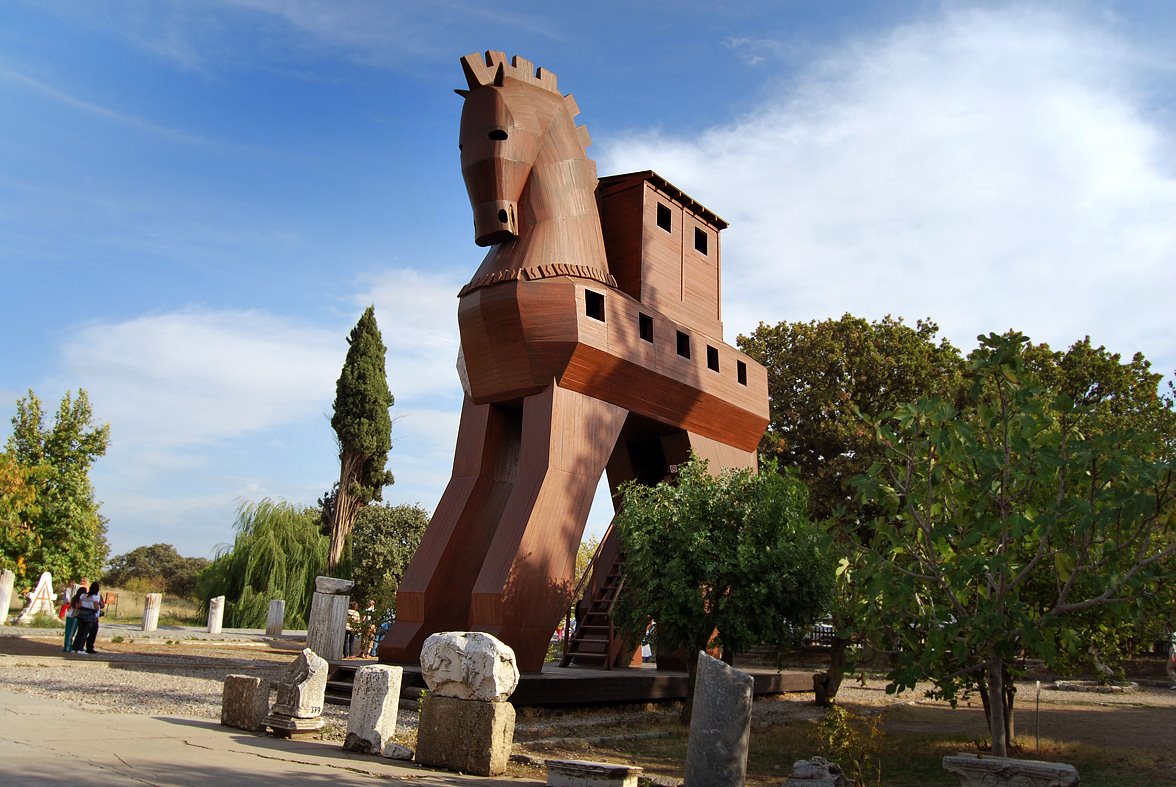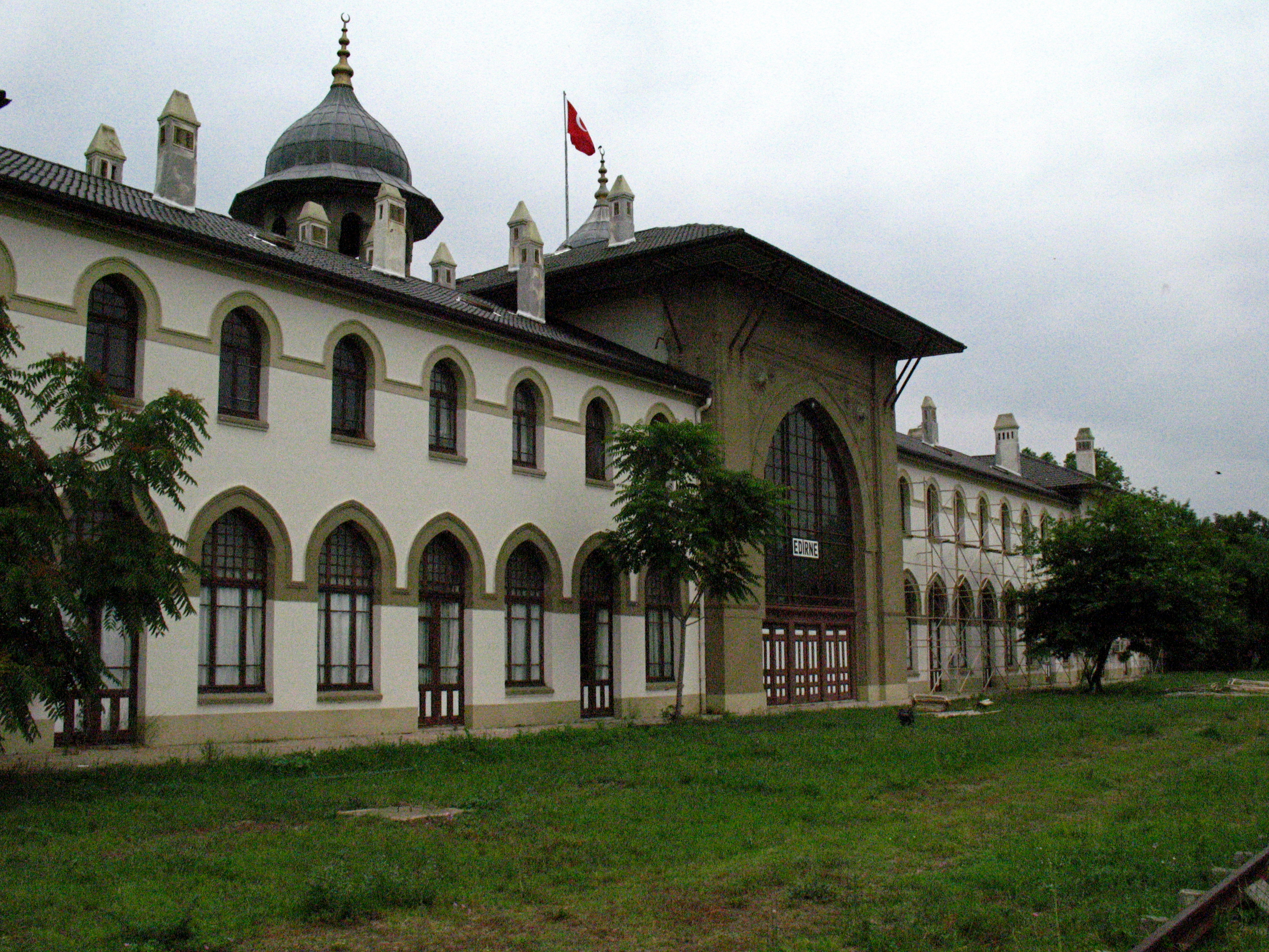Private Prof. Dr. Taner Yiğit Surgical Clinic
Weight loss surgery (Bariatric Surgery) is a surgical procedure that aims to achieve weight loss by intervening in your digestive system. They are applied to patients who meet certain conditions in cases where non-surgical weight loss methods such as diet, exercise and medication do not yield results. While some surgical weight loss methods aim to reduce the amount of food you eat, some also aim to reduce the amount of food you eat and reduce the absorption of the food you eat. Your doctor will decide which method will be suitable for you, based on the results of pre-operative interviews, examination and laboratory tests.
Metabolic surgery is the general name given to the types of surgeries that aim to surgically treat metabolic diseases that occur with weight gain (Type-2 Diabetes, hypertension, high blood lipids, etc.). As we mentioned at the beginning, since emerging metabolic diseases are largely related to weight gain and obesity, metabolic surgery operations are parallel to obesity surgeries (Bariatric Surgery). We can summarize as follows: metabolic surgery surgeries are actually a weight loss surgery and the term "Metabolic Surgery" is used for these surgeries due to the therapeutic effect of weight loss surgery surgeries on metabolic diseases. Today, there is no surgical method that will only treat metabolic diseases without providing weight loss. Your doctor will decide which surgical method will be suitable for you, based on the results of pre-operative interviews, examination and laboratory tests.
Gastric balloon application is the non-surgical process of placing a balloon made of silicone into your stomach. Since the material used in the production of the balloon is made of silicone, it does not harm your stomach tissue. The basis of losing weight with a gastric balloon is reducing the volume of your stomach. Namely; Your stomach volume is approximately 1000 cc on average. After the balloon placed in your stomach is advanced into the stomach, it is filled with approximately 500-650 cc of physiological saline fluid containing a blue dye called methylene blue. Thus, your stomach volume will decrease to an average of 350-500 cc (1000-650 = 350 cc). This causes you to eat less and stay full between meals. While gastric balloons also help you eat less and lose weight, they also enable you to adjust your eating pattern while it remains in your stomach, to learn what it means to eat less and thus live, and to learn that you can live by eating less.
Hiatal hernia is the displacement of the fundus, the widest part of the stomach, located under the area where the esophagus and stomach meet, from its normal location, the abdomen, through the opening on the diaphragm membrane, where the esophagus passes from the rib cage to the abdominal cavity, towards the rib cage.
As a branch of general surgery, we have to deal with cancer types related to many tissues and organ systems. The most common of these are thyroid cancer, breast cancer, esophagus cancer, stomach cancer, colon cancer, liver-gallbladder-biliary tract and pancreatic cancers. As with cancers of all tissue and organ systems, early diagnosis and treatment are life-saving in cancers that concern the general surgery specialty.
The gallbladder is an organ where the bile synthesized and secreted in the liver is stored and concentrated before flowing into the duodenum during fasting. Bile stored in the gallbladder is first transferred to the main bile duct and then to the duodenum, as a result of the contraction of the gallbladder, when needed. Bile; It plays an important role in the digestion and absorption of fats and fat-soluble vitamins taken with meals, plays a role in regulating the cholesterol level in the body by excreting cholesterol into the bile fluid, and also ensures the elimination of the golden yellow substance called bilirubin, which is formed as a result of blood breakdown, from the body through defecation. An adult person synthesizes an average of 400-800 cc of bile per day.






